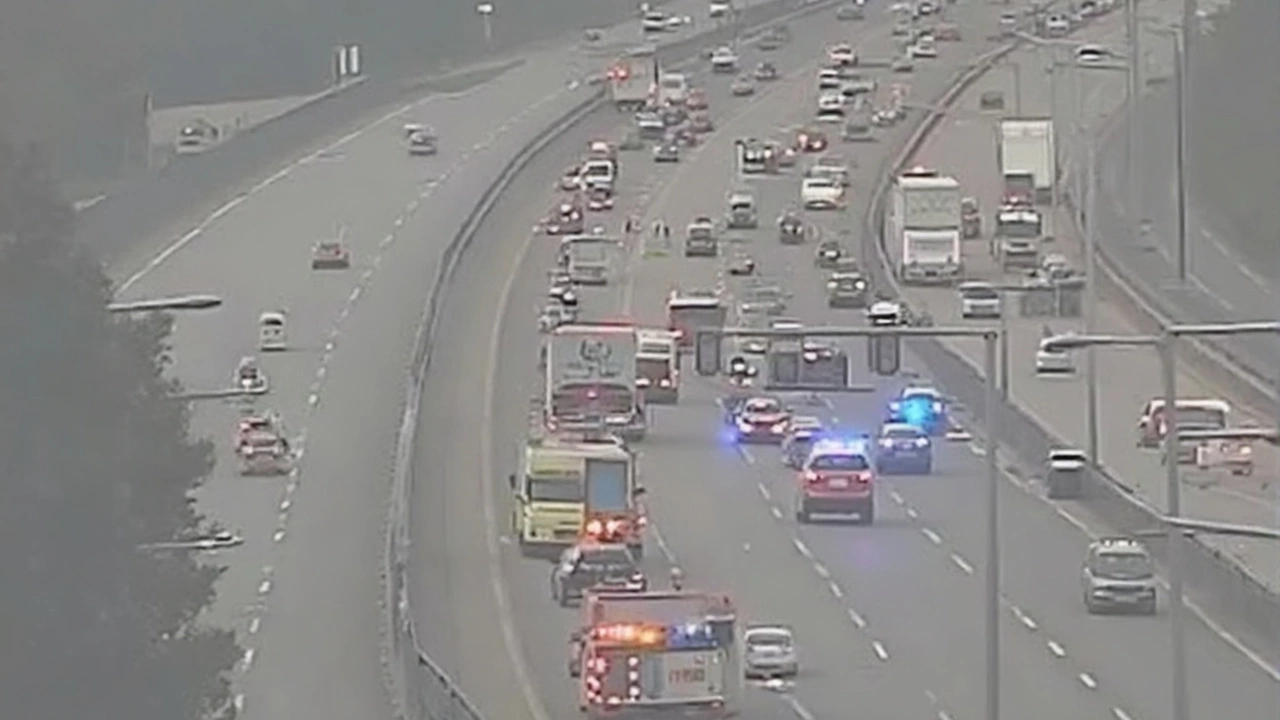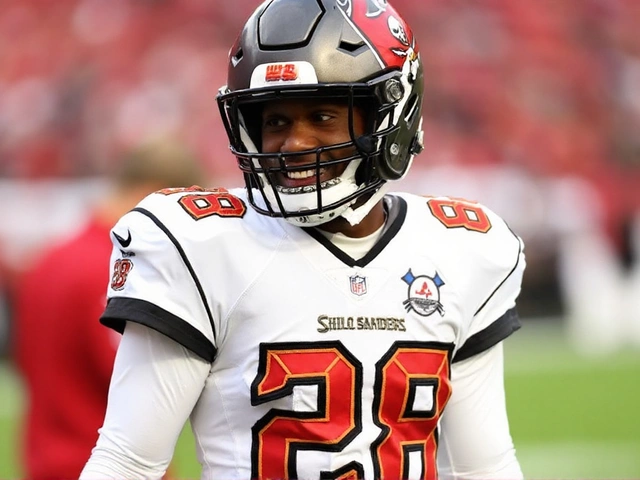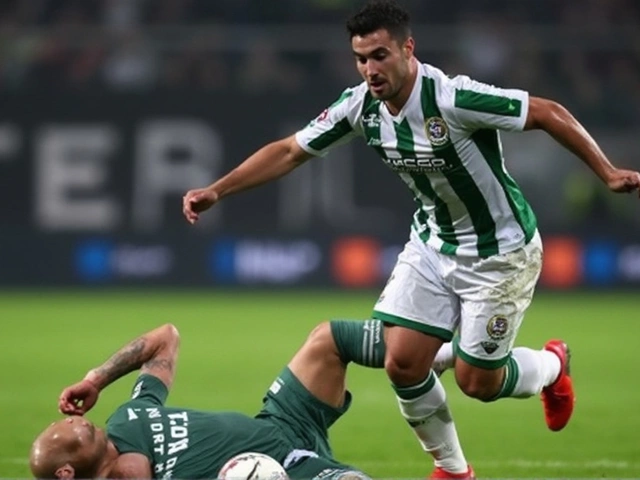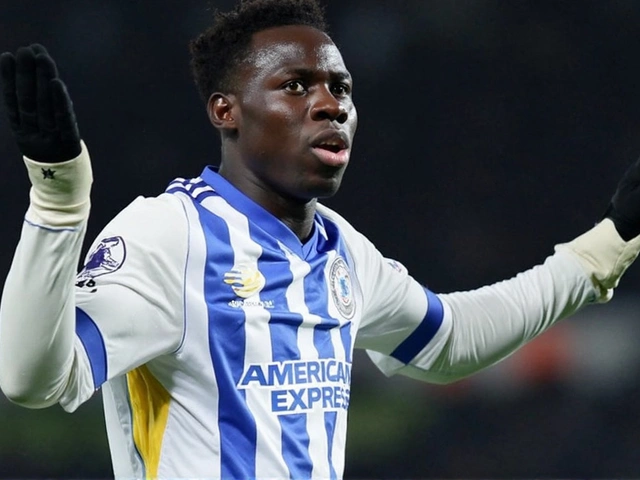Multi‑Vehicle Crash: What Happens and How to Stay Safe
Ever been stuck in a pile‑up on the highway and wondered why it got so bad so fast? A multi‑vehicle crash happens when three or more cars, trucks, or bikes hit each other in a short time. Speed, weather, and a single mistake can turn a small fender‑bender into a long, noisy line of wrecked cars.
Why Do Multi‑Vehicle Crashes Happen?
Most of the time it’s a chain reaction. One driver brakes hard, the car behind doesn’t have time to stop, and the impact pushes the next vehicle forward. Add factors like rain, fog, or slick roads and you’ve got a recipe for disaster. Heavy trucks take longer to stop, so when they’re part of the mix the whole scene can stretch for a mile.
Distractions are another big player. A text, a coffee spill, or a sudden lane change can surprise the driver in front. When that driver slams the brakes, the following drivers have to react in seconds, and not everyone can.
What to Do If You’re Involved
First, stay calm. Panic makes you forget the basics. Turn on your hazard lights to warn others, then move to a safe spot if you can. If the car is still drivable, pull over onto the shoulder or a nearby turnout.
Call emergency services right away. Give them the exact location, number of vehicles involved, and any injuries you see. If you’re able, help other drivers signal their safety to passing traffic with flares or reflective triangles.
Exchange information with the other drivers: name, phone, insurance, and license plate. Take photos of the damage, road conditions, and any signs that might have contributed. This evidence helps with insurance claims and any legal follow‑up.
Once help arrives, follow the officer’s instructions. They’ll direct traffic, check for injuries, and start the investigation. Even if you feel fine, get checked by a medical professional—sometimes whiplash or concussion symptoms show up later.
After the crash, contact your insurer as soon as possible. Provide the photos and notes you took. Most policies cover “collision” and “comprehensive” losses, but you’ll need to know your deductible and any specific clauses about multi‑vehicle incidents.
Finally, think about prevention. Keep a safe following distance—three seconds in dry weather, more when it’s wet or snowy. Use cruise control on highways to avoid sudden acceleration. Regularly check your brakes, tires, and lights; a well‑maintained car reacts faster when you need to stop.
Multi‑vehicle crashes are scary, but knowing why they happen and how to react can keep you and others safer. Next time you’re on the road, remember these simple steps and stay alert. It could be the difference between a minor bump and a long line of wrecked metal.





